-
About
- About Listly
- Community & Support
- Howto
- Chrome Extension
- Bookmarklet
- WordPress Plugin
- Listly Premium
- Privacy
- Terms
- DMCA Copyright
- © 2010-2025 Boomy Labs

 ovuoba emmanuel
ovuoba emmanuel
Listly by ovuoba emmanuel
we will explore 10 different Tailwind layout classes that you can use to create beautiful layout for your projects.

The tailwind display utility class allows you to control the display behavior of elements. With Tailwind's display class, you can easily modify how elements are rendered and positioned within the document flow.
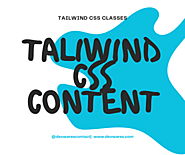
The content utility class in Tailwind CSS allows you to manipulate the content of pseudo-elements, such as ::before and ::after, and control the generated content in your HTML elements.

The object-{position} utility class in Tailwind CSS allows you to control the positioning of objects within their containing elements.

The z-{index} utility class in Tailwind CSS allows you to control the stacking order of elements using the CSS z-index property. With Tailwind's z-{index} class, you can easily specify the z-index value for an element to determine its vertical position in the stacking order
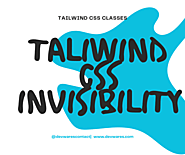
The tailwind invisible utility class allows you to hide an element from the layout while still occupying space in the document flow. With Tailwind's invisible class, you can make an element invisible to the user, but it will still be present in the DOM and affect the positioning of other elements.
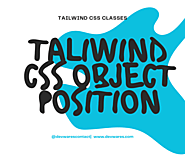
The object-{position} utility class in Tailwind CSS allows you to control the positioning of objects within their containing elements. With Tailwind's object-position class, you can easily adjust the horizontal and vertical position of images, videos, and other objects.
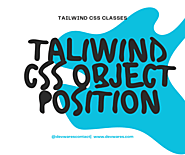
The object-{fit} utility class in Tailwind CSS allows you to control how an image or video content fits within its container. With Tailwind's object-{fit} class, you can easily adjust the scaling and positioning of media elements to achieve the desired visual effect.

The padding utility class in Tailwind CSS allows you to easily add padding to elements, creating space between the content and the element's edges. It provides a set of classes that enable you to specify the padding in different directions, allowing you to create consistent spacing in your layouts.
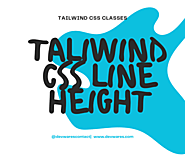
The line-height utility class in Tailwind CSS allows you to control the height of lines within text elements. With Tailwind's line-height class, you can adjust the spacing between lines to achieve the desired line height and improve the readability of your text.

The tailwind grid utility class allows you to create grid-based layouts quickly and easily. It provides a set of classes that enable you to define grid containers, grid columns, and grid rows, allowing you to create responsive and flexible grid layouts for your web applications.
